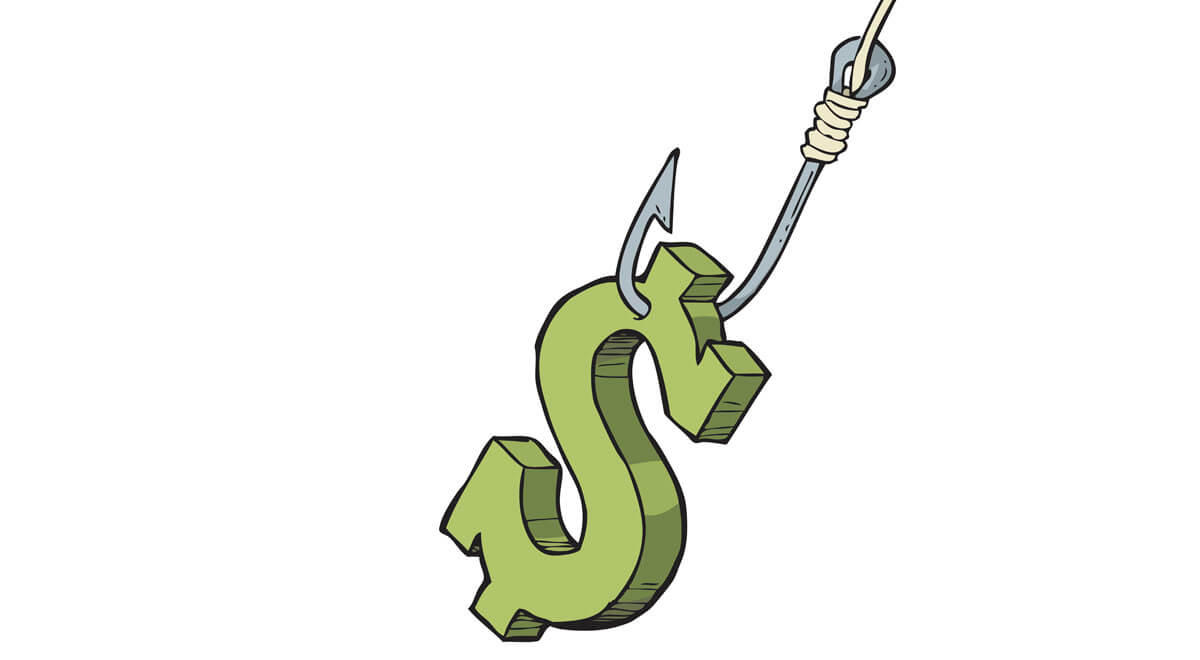5 ways Canadian investors are getting duped
Don't be gullible. Watch out for these tricks
Advertisement
Don't be gullible. Watch out for these tricks

Share this article Share on Facebook Share on Twitter Share on Linkedin Share on Reddit Share on Email